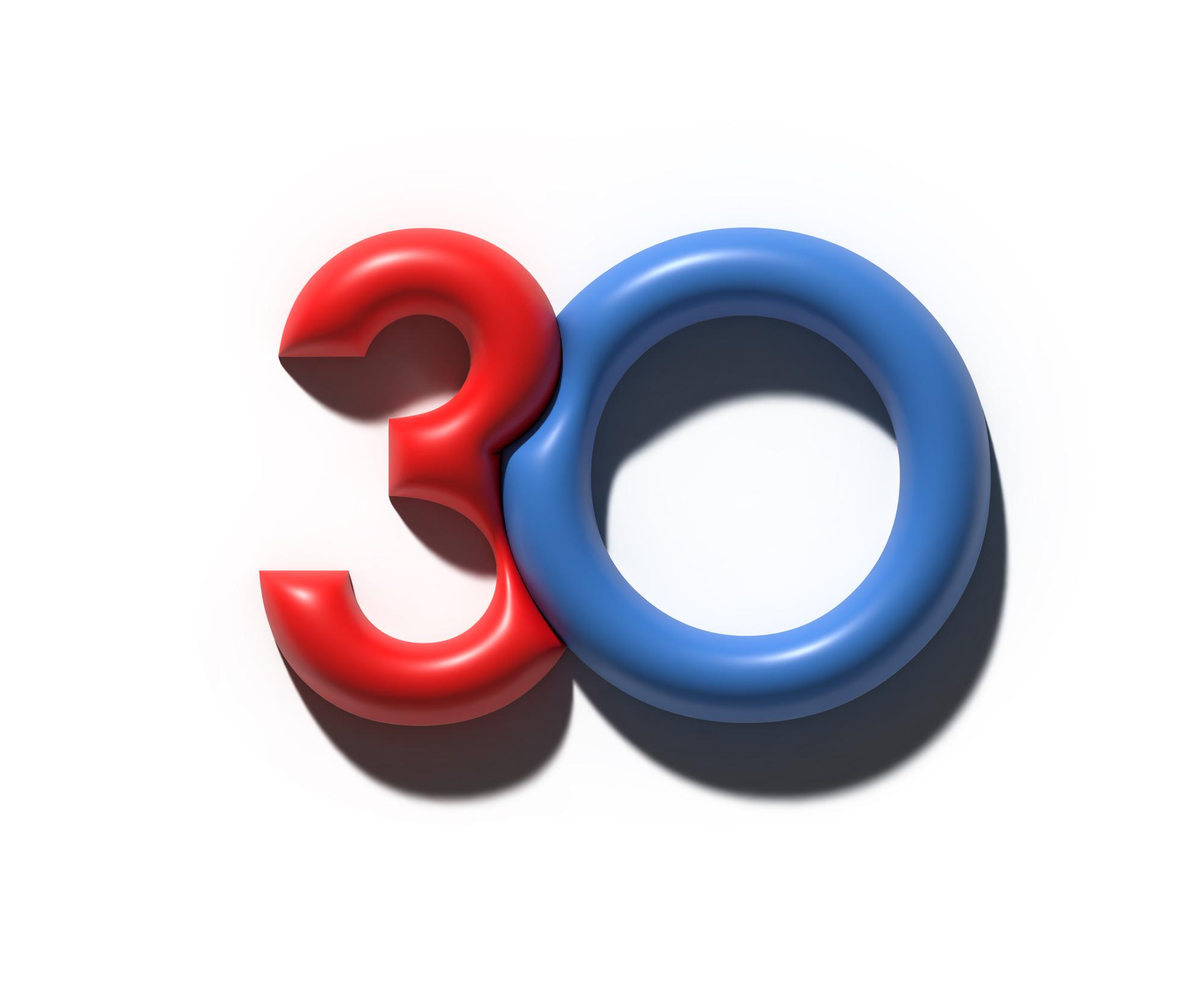If you have ever wondered whether a conversion toolkit can deliver real results in the first month, this diary-style walkthrough is for you. I documented the setup, the experiments, and the week-by-week numbers from my first 30 days with Converstar AI. You will see what I launched, what I paused, and which small changes moved the needle. If you want to try the same playbook, you can get started here: https://getconverstar.com/premium.
Baseline and goals
Site type
Niche ecommerce store with [X] products and a simple checkout.
Traffic
~[10,000] monthly sessions before Converstar.
Baseline metrics
- Conversion rate: [1.4 percent]
- Lead capture rate: [0.9 percent]
- Average order value: [₦XX,XXX or $XX]
- Bounce rate: [62 percent]
30-day goal
[Unverified] Increase conversion rate to [1.8 percent] and lead capture to [1.5 percent] without adding new traffic.
Tip: Write down your starting numbers and a single constraint such as do not hurt mobile speed.
Day 1 to 3: Setup and quick wins
What I turned on
- Welcome offer popup with a single email field. Trigger at 7 seconds.
- Exit intent save-offer for desktop. Mobile uses a sticky bar instead of a modal.
- Real social proof toasts that show recent signups with privacy friendly labels.
- A transparent countdown bar for a weekend promo with a fixed end date.
Why this order
Capture intent first, then add urgency and proof. Keep it respectful and easy to close.
Screenshot 1 placeholder
Dashboard Home – Campaigns overview
Caption: “Live campaigns and their contribution to leads.”
Insert your image here.

Day 4 to 10: Targeted rules and cleanup
Adjustments I made
- Frequency caps: no more than 1 popup per session.
- Segmentation: first-time visitors see the welcome offer, returning visitors get a shorter reminder.
- Copy pass: made CTAs more specific. Example: Send my code instead of Subscribe.
- Mobile fit: increased button size and reduced lines of copy.
What I paused
A product page overlay that competed with the Add to cart button. Conversions improved after removal.
Screenshot 2 placeholder
Popup editor – Mobile preview
Caption: “Mobile layout with larger tap targets and shorter copy.”
Week 2 results: Early signals
- Lead capture rate moved from [0.9 percent] to [1.3 percent].
- Conversion rate nudged from [1.4 percent] to [1.6 percent].
- Bounce rate dropped to [57 percent] on landing pages with clearer CTAs.
What helped most
- Single field forms reduced friction.
- Exit intent saved sessions that were about to bounce.
- Proof toasts created gentle momentum without being noisy.
Screenshot 3 placeholder
Analytics – Lead capture trend
Caption: “Lead capture rate by day after enabling exit intent.”
Day 11 to 20: Ethical urgency that actually converts
Rules I added
- Countdown bar only on promo pages.
- Limited seats banner on a service page tied to real capacity.
- Time-boxed bonus: free onboarding session for purchases before a specific date.
Ethics checklist I used
- Real end dates and real limits.
- Plain language around terms.
- Automatically remove expired banners.
Copy you can reuse
- Countdown bar: Early bird ends 30 Nov at 11:59 PM WAT. Prices return to standard tomorrow.
- Limited capacity: Only [5] onboarding slots left this week.
- Save-offer CTA: Continue securely.
Screenshot 4 placeholder
Campaign timeline – Countdown performance
Caption: “CTR and assisted conversions during the weekend promo.”
Week 3 results: Measurable lift
- Conversion rate reached [1.9 percent] for the week.
- Lead capture hit [1.7 percent], exceeding the 30-day goal early.
- Average session duration increased by [14 percent], likely due to better guidance.
What I turned off
A mid-scroll interstitial on long articles that caused a spike in quick closes. Less is more.
Day 21 to 30: A B tests and fine tuning
A B tests I ran
- CTA microcopy: Get my code vs Get 10 percent off now. Winner: “Get 10 percent off now” with a 9 percent higher submit rate.
- Popup timing: 5s vs 7s delay. Winner: 7s, lower annoyance and comparable capture.
- Proof toast frequency: every 45s vs every 120s. Winner: 120s, better engagement and fewer closes.
Stack hygiene
- Kept a strict one overlay rule per view.
- Ensured popups never cover critical buttons.
- Double-checked mobile performance and accessibility.
Screenshot 5 placeholder
Experiments view
Caption: “Win rates and confidence for two copy tests.”
Final 30-day rollup
Illustrative month summary. Replace with your actual numbers.
- Conversion rate: from [1.4 percent] to [2.1 percent] (+0.7 points).
- Lead capture rate: from [0.9 percent] to [1.8 percent] (2x).
- Checkout completion: +[12 percent].
- Revenue impact: +[XX percent] with no extra traffic.
What mattered most
- Clear offers and single field forms.
- Exit intent safety net for desktop, sticky bar for mobile.
- Real deadlines and capacity limits, not perpetual urgency.
- Removing one intrusive element improved everything else.
What I would do differently next month
- Build a 3-email welcome series to turn new leads into first purchases within 7 days.
- Add category specific overlays that match product interest.
- Test a cart drawer cross sell that adds value without clutter.
Try this playbook on your site
If you are ready to replicate these steps, start with the simplest setup and layer features slowly. You can launch welcome capture, exit intent, proof toasts, and a transparent countdown in minutes with Converstar Premium here: https://getconverstar.com/premium.
Quick start checklist
- Define your baseline and a realistic 30 days goal.
- Ship 1 welcome popup, 1 exit intent, 1 proof toast, 1 countdown.
- Cap frequency and protect mobile experience.
- Measure lead capture, conversion rate, and checkout completion weekly.
- Pause anything that annoys, double down on what helps.






